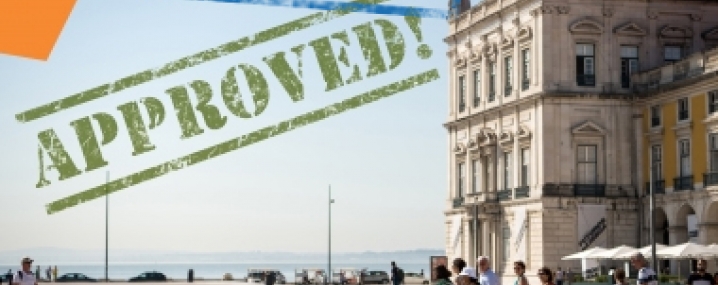
London Borough of Southwark
From the 15th century on, Southwark was known for its inns, theatres, spas, country resorts, and other places of entertainment and recreation, but it also grew in notoriety for its poorer, run-down districts. In July 1620, the Mayflower ship took on board 65 passengers from its London homeport of Rotherhithe in Southwark. Among the borough’s many noteworthy early theatres was Bankside’s Globe Theatre, where many of William Shakespeare’s plays were first produced; a historical reconstruction of that theatre was opened near the original site in 1997. Southwark has a long history of multi ethnicity, evidenced by arrivals of Flemish weavers in the 14th century, Dutch pottery makers in the late 16th century, and Irish labourers from the 18th century. Arrivals in the 20th century included Africans, Afro-Caribbeans, and Turkish Cypriots. Ethnic minorities currently account for one-third of the population.
Southwark is bounded by the Thames to the north and in common with much of the south bank area of the Thames, has seen extensive regeneration in the last decade. The Borough is generally an area of mixed development, with council estates, major office developments, social housing and high value residential gated communities side by side with each other. The main areas of development in Southwark will bring about 27,000 new homes and 26,000 new jobs. London's tallest building, the Shard, is next to London Bridge Station.
About 20% of Southwark is made up of protected open spaces and the regeneration plans identify the need for that to expand, for example the Old Kent Road Area Action Plan (AAP) when adopted includes a new linear park following the alignment of the old Surrey Canal.
Southwark has recently adopted it’s Movement Plan (a version of a SUMP) which was developed putting people’s experience of transport and street environment at the centre. It focuses on health, social and economic benefits of movement and well-designed spaces for our residents and visitors. Southwark joined the URBACT Thriving Streets network to enable access to newly developed practices and tools to encourage enhanced working practices leading to better public spaces.
SOME RELATED NETWORKS
Thriving Streets
Article



